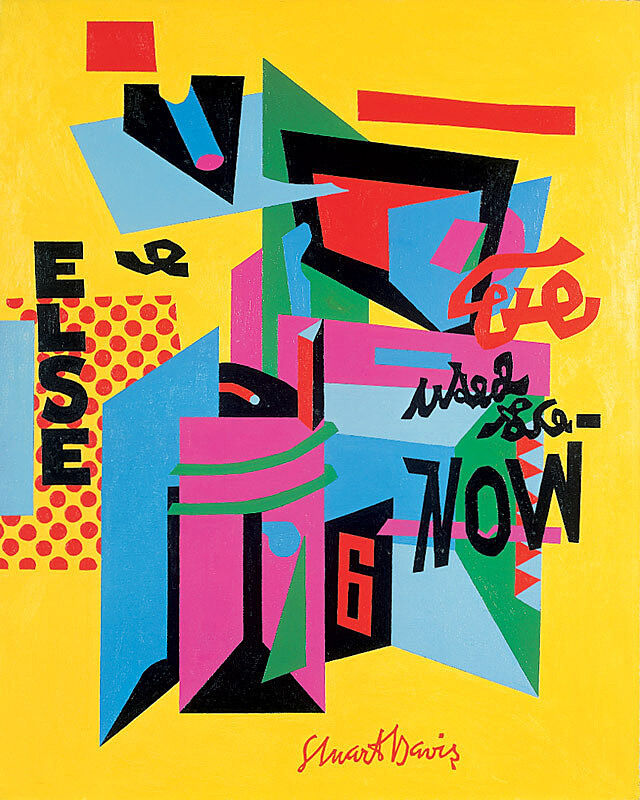Stuart Davis, Colonial Cubism, 1954
June 10, 2016
0:00
Stuart Davis, Colonial Cubism, 1954
0:00
Narrator: In the 1950s, Davis began to make abstract paintings on a grand scale. In part, he was influenced by his experience painting murals. But after a retrospective at the Museum of Modern Art in 1945, he was also commercially and critically successful for the first time. And with the rise of Abstract Expressionism, abstraction moved to the center stage in American art. Davis’s status shifted from outsider to trailblazer. He also began reacting to the work of younger artists.
Sarah Humphreville: I think one of the things that really impacts him in the '50s is seeing paintings by Abstract Expressionists. A lot of the history that's written about Davis talks about him as having an antagonistic relationship with these artists. But it's actually much more complicated than that. He didn't agree with the idea that art should only be about art, or that art should be this really emotional experience and about the inner psyche of the artist. But he didn't think that that meant they had bad painting.
He knew a lot of these artists personally. And he also exhibited with them in group shows. One of the things I think that particularly he notes in these group shows is that if he's going to compete with them and look to be an equivalent or better artist, that he needs to compete with their monumental scale. It's not like he sees a Pollock painting and says, "Oh, I'm going to make it big now." It's not that direct. It's this continuous process of not only looking but also making his own, and figuring out what he can pull out from there and collage into his own voice. You see that here, that it's this painted collage in a way with all these different layers.


